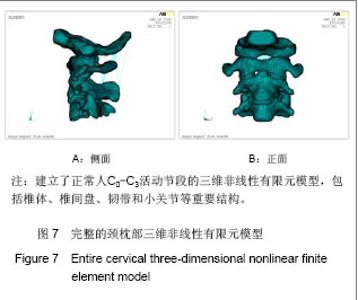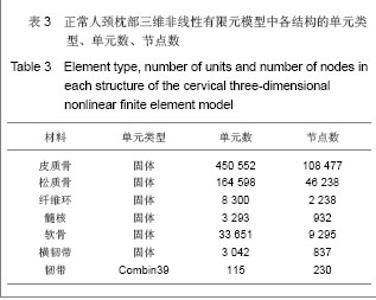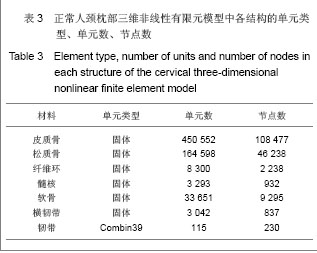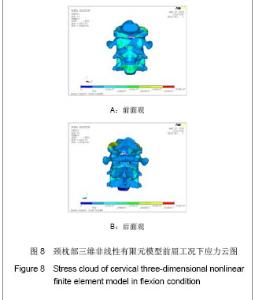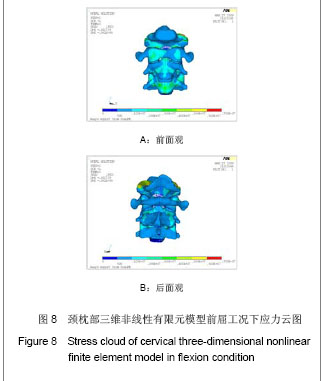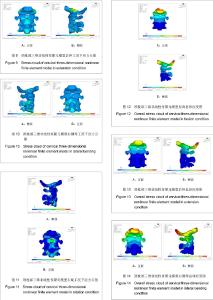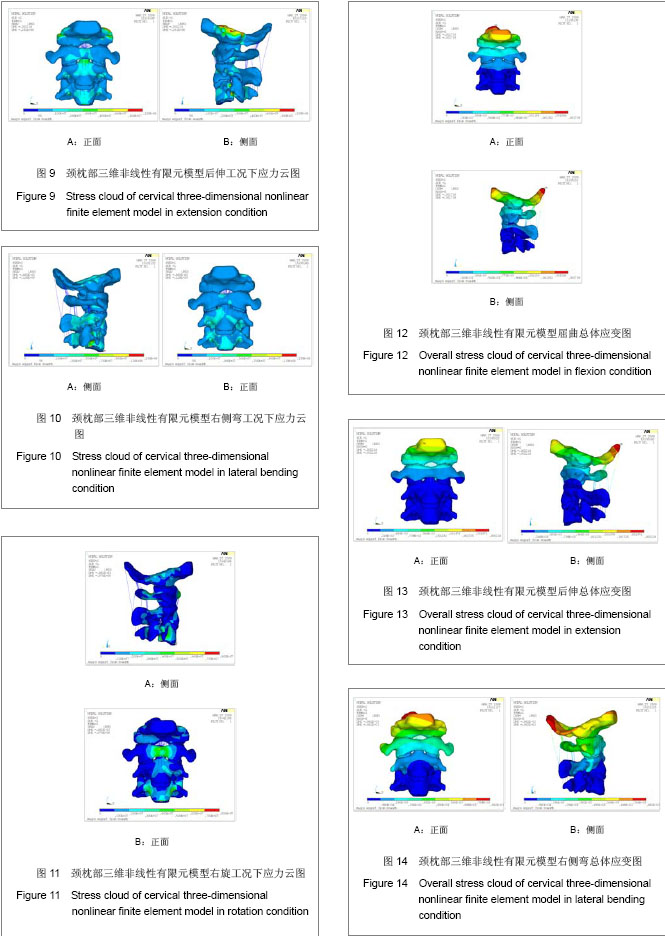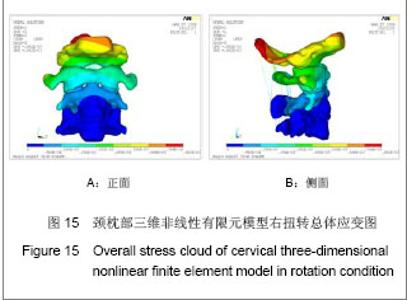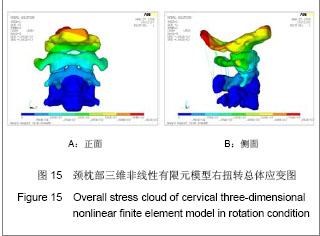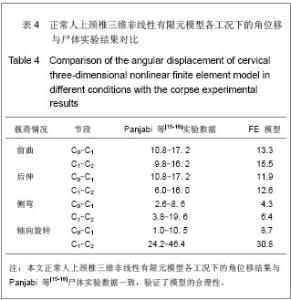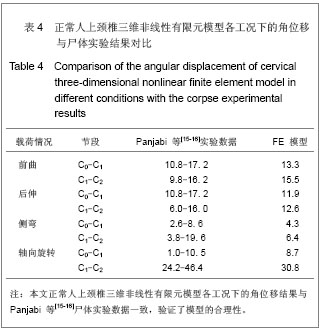| [1] Xiao L.Jinan:Shandong Daxue.2009.肖磊.管件内高压单步成形和两步成形法数值仿真研究[D].济南:山东大学,2009.[2] Wang ZT,Liu B, Zhang P.Neimenggu Yixue Zazhi. 2009;41 (11):1338-1340.王振堂,刘斌,张沛.寰枢椎不稳治疗进展[J].内蒙古医学杂志, 2009, 41(11):1338-1340.[3] Panjabi MM. The stabilizing system of the spine. part II. Neutral zone and instability hypothesis. J Spinal Disord. 1992; 5(4):390-396. [4] Brolin K, Halldin P.Development of a finite element model of the upper cervical spine and a parameter study of ligament characteristics.Spine (Phila Pa 1976). 2004;29(4):376-385.[5] Carter DR, Hayes WC.The compressive behavior of bone as a two phase porous structure. J Bone Joint Surg Am. 1977; 59(7):954-962.[6] Voo LM, Kumaresan S, Yoganandan N, et al. Finite element analysis of cervical facetectomy. Spine (Phila Pa 1976).1997; 22(9):964-969.[7] Yoganandan N, Pintar F, Butler J,et al. Dynamic response of human cervical spine ligaments. Spine(Phila Pa 1976).1989; 14(10):1102-1110.[8] Dvorak J, Schneider E, Saldinger P, et al. Biomechanics of the cranial cervical region: Alar and transverse ligaments. J Orthop Res. 1988;6(3):452-461.[9] Myklebust JB,Pintar F, Yoganandan N, et al. Tensile strength of spinal ligaments. Spine (Phila Pa 1976). 1988;13(5): 526-531.[10] Yoganandan N, Kumaresan S, Pintar FA. Biomechanics of the cervical spine Part 2. Cervical spine soft tissue responses and biomechanical modeling. Clin Biomech (Bristol, Avon). 2001; 16(1):1-27.[11] Yoganandan N, Kumaresan S, Pintar FA. Geometrical and mechanical properties of human cervical spine ligaments. J Biomech Eng. 2000;122(6):623-629.[12] Tubbs RS, Salter EG, Oakes WJ. The accessory atlantoaxial ligament. Neurosurgery. 2004;55(2):400-404.[13] Yuksel M, Heiserman JE, Sonntag VK, et al. Magnetic resonance imaging of the craniocervical junction at 3-T: observation of the accessory atlantoaxial ligaments. Neurosurgery. 2006;59(4):888-892.[14] Fielding JW, Cochran Gv, Lawsing JF 3rd, et al.Tears of the transverse ligament of the atlas. A clinical and biomechanical study.J Bone Joint Surg Am. 1974;56(8):1683-1691.[15] Panjabi M, Dvorak J, Crisco JJ 3rd,et al.Effects of alar ligament transection on upper cervical spine rotation.J Orthop Res. 1991;9(4):584-593.[16] Panjabi M, Dvorak J, Crisco J 3rd, et al.Flexion, extension, and lateral bending of the upper cervical spine in response to alar ligament transections.J Spinal Disord. 1991;4(2): 157-167.[17] Yoganandan N, Kumaresan S, Voo L, et al. Finite element applications in human cervical spine modeling. Spine.1996; 21(15):1824-1834.[18] Du HL,Huang SL,Zhang JH.Shengwu Yixue Gongcheng Zazhi. 2009;41(11):1338-1340.杜汇良,黄世霖,张金换.医学图像三维有限元重建中的数据管理及T10-T12胸椎模型建立[J].生物医学工程学杂志,2004, 21(5): 840-843.[19] Kumaresan S, Yoganandan N, Pintar FA. Finite element analysis of the cervical spine: a material property sensitivity study. Clin Biomech(Bristol, Avon).1999;14(1):41-53.[20] Yang LP,Zhang AW.Shoudu Shifan Daxue Xuebao:Ziran Kexueban. 2007;28(1): 56.杨丽萍,张爱武.可视化类库VTK在三维建模中的应用[J].首都师范大学学报:自然科学版,2007,28(1): 56. |
